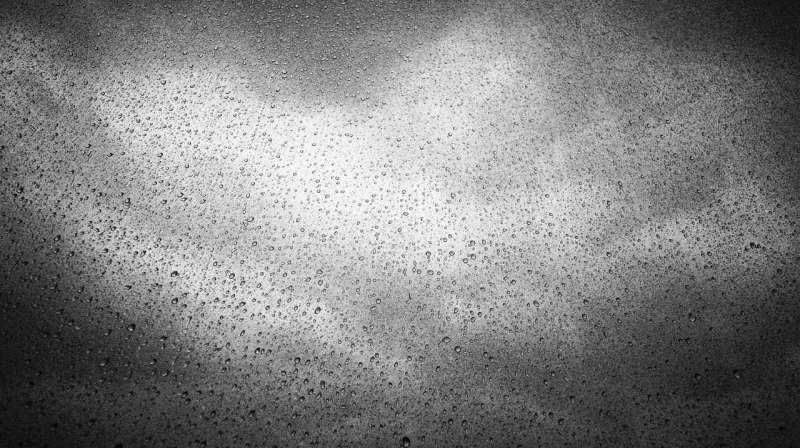Three Saharan dust clouds targeting South Florida: Here’s when they’ll get here

We’re in the thick of Saharan dust storm season in South Florida, which is not all bad—these massive blobs of hot, dirty air roaming the Atlantic Ocean are also hurricane killers. Plus there are those pretty sunsets.
But notwithstanding the three South Florida-bound dust plumes currently being monitored by scientists, it appears to be a down season for what the National Oceanic and Atmospheric Administration calls Saharan Air Layers.
Ominously, NOAA scientists also have seen the earlier formation of thunderstorms in the region off the coast of Africa that produces hurricanes, where water temperatures are typically kept cooler by layers of dust in the air.
“We’ve seen less of these SAL outbreaks than usual. For some reason they are stifled this year,” said Dr. Jason Dunion, Miami-based director of NOAA’s Hurricane Research Division Field Program and lead investigator on the agency’s Saharan Air Layer project.
Dunion said the two large thunderstorms that NOAA watched form in the Cape Verde Islands in June were “pretty unusual,” about six to eight weeks ahead of schedule.
“The sea-surface temperatures out there are very warm right now, so there’s some question. Less dustiness could potentially lead to warmer temperatures out in the Atlantic. It’s super interesting,” he said.
A wave of Saharan dust that began working its way through the atmosphere above the Florida Keys on Sunday is the weakest and smallest of three dust systems that scientists are monitoring in the Atlantic.
The effect of these layers of extremely dry and dusty Saharan air—they typically move across the region a mile overhead and can be up to two miles thick— usually means diminished afternoon rain storms and higher temperatures.
The weak plume that reached South Florida this weekend, after leaving the coast of Africa last week, is expected to move over Broward and Palm Beach counties on Monday and Tuesday, according to the National Weather Service in Miami.
In 2020 a large, dense Saharan dust cloud hit the region and prompted local authorities to issue warnings for those with pre-existing respiratory problems. Dunion said that while most of these dust invasions dissipate before they reach land, South Florida residents with breathing issues should heed local air-quality advisories.
A second, larger mass of Saharan dust is moving toward the Caribbean and is expected to reach South Florida on Wednesday or Thursday. A third major dust storm is forming in the Sahara and is expected to leave the coast in the middle of next week, Dunion said.
NOAA has been studying Saharan Air Layers since the mid-2000s, using data gathered with balloons, satellites and hurricane-hunter aircraft.
During a typical season, a dust storm will roll off the African coast every three to five days, many as large as the United States’ lower 48 states, Dunion said. In May they get blown toward South America, then begin to target the Caribbean and the U.S. coast in June and July.
SALs form when dry, dusty air blown off the desert hits the cool climate along the coast, which pushes the warmer stream of air upward for its journey across the ocean. This thick layer of hot, super-dry air is carried on a high-velocity stream of wind that is deadly for hurricanes.
“The strong jet of wind actually hides inside that layer and rips the storms apart,” Dunion said.
A low-pressure wave expected to form near Bermuda this week will be no match for SAL No. 2, he said.
“That little area, there’s a lot of Saharan air right behind it, not a lot of convective activity, so it doesn’t look like it’s got a lot of promise,” he said.
2023 South Florida Sun Sentinel.
Distributed by Tribune Content Agency, LLC.
Citation:
Three Saharan dust clouds targeting South Florida: Here’s when they’ll get here (2023, July 10)
retrieved 10 July 2023
from https://phys.org/news/2023-07-saharan-clouds-south-florida-theyll.html
This document is subject to copyright. Apart from any fair dealing for the purpose of private study or research, no
part may be reproduced without the written permission. The content is provided for information purposes only.
For all the latest Science News Click Here
For the latest news and updates, follow us on Google News.

